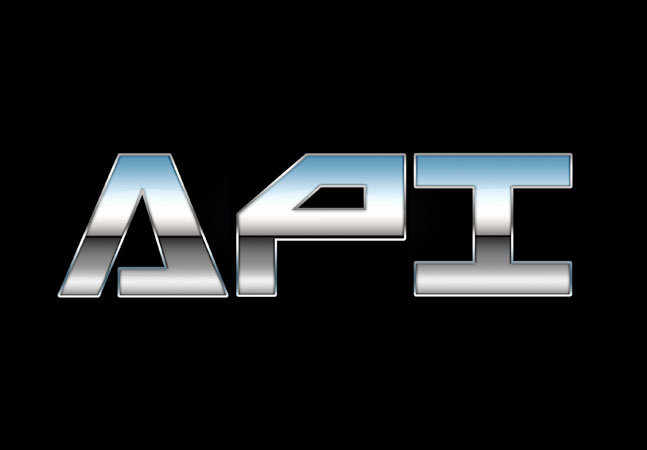
Eric Vogel provides many code samples to show how to use Entity Framework Core for an ASP.NET Core MVC application.

There's a new kid in the Visual Studio testing environment, though it's only for your .NET Core projects. You don't have to use it, but here are some reasons you'll want to.

Custom sentiment analysis is hard, but neural network libraries like Keras with built-in LSTM (long, short term memory) functionality have made it feasible. Step into the Data Science Lab with Dr. McCaffrey to find out how, with full code examples.
- By James McCaffrey
- 11/15/2018

Not only can you integrate JavaScript with Blazor, that integration provides a strategy for moving your existing pages to Blazor without having to rewrite your existing JavaScript code.

If someone tells you that LINQ doesn't support subqueries ... well, they're not wrong. But they're also not entirely correct, either. With LINQ you can meet many of the goals of SQL subqueries including the ability to build complex queries out of simpler ones.

Blazor expert Chris Sainty provides hands-on code samples to explain how to handle DOM and user-defined events in Microsoft's experimental project for writing browser-based apps with C# instead of JavaScript.
- By Chris Sainty
- 10/31/2018

ASP.NET Web API and ASP.NET MVC have similar (but not identical) mechanisms that allow you to customize how your requests and responses are processed. Not surprisingly, ASP.NET Web API's implementation is both easier and more flexible than ASP.NET MVC.

You have at least two options for adding processing to multiple controllers without duplicating code in each of the Controllers.

The Data Science Doctor explains how to use the reinforcement learning branch of machine learning with the Q-learning approach, providing code on how to solve a maze problem for an easy-to-understand example.
- By James McCaffrey
- 10/19/2018

Eric Vogel shows how to create a new ASP.NET Core Web application using Visual Studio 2017.

If, in your "need for speed," you're looking to access and update your data as fast as possible, you can get to that goal by combining memory-optimized tables with compiled procs.

If screaming speed in data access is the most important thing in your life, SQL Server's durable in-memory, memory-optimized tables are your answer. They were good in SQL Server 2014 and they're even better in SQL Server 2016, 2017 and Azure.

You have a bunch of options for debugging Android applications built with Xamarin. Unfortunately, only one of them has worked well for Peter in all scenarios. Here are all your options with Peter's opinion on each and a recommendation on the best one.

If you want to call Blazor .NET code from JavaScript (or vice versa) with instantiated objects, or while passing multiple parameters, or while catching the results produced by that code, here's how to do it.

You're not a DBA but you're responsible for managing your organization's SQL Server installation. Here are some tips on what you can do to speed up all your data access.

The OpenAPI (Swagger) technology suite includes a file that describes your Web API service. Peter thinks it's the slickest tool available to ensure that clients can access your services.

Chris Sainty provides hands-on code samples on how to use Web APIs to interact with Blazor, an experimental framework from the ASP.NET team that allows developers to write C# and Razor code and have it run in the browser via WebAssembly.
- By Chris Sainty
- 09/13/2018

If you want to speed up your SQL Server queries you need to know how your application and your users actually use your database.

There are five design patterns you'll use every time you create a smartphone application. One is imposed by the environment and one is a pattern that you've probably been avoiding when creating other kinds of applications.

Our resident data scientist provides a hands-on example on how to make a prediction that can be one of just two possible values, which requires a different set of techniques than classification problems where the value to predict can be one of three or more possible values.
- By James McCaffrey
- 08/30/2018

That understanding should drive how you deal with testing, including how to turn it into a value-added task.

Downloading compiled C# code to the browser using Blazor is all very good -- but it would be so much better if you can integrate your Blazor code with JavaScript. Here’s how to do that.

If you want to impress your boss (or client) with your diligence in generating documentation for your Web Service, then you need Swagger. That it will also make it easier for you to run tests on your service and check for typical errors is just icing on the cake.

Blazor is the Microsoft toolset that exploits the WebAssembly standard to let you write C# code that will run in your browser. Here's how to set up Visual Studio 2017 and create your first app.

Here's a step-by-step guide to creating a Xamarin project in Visual Studio 2017.